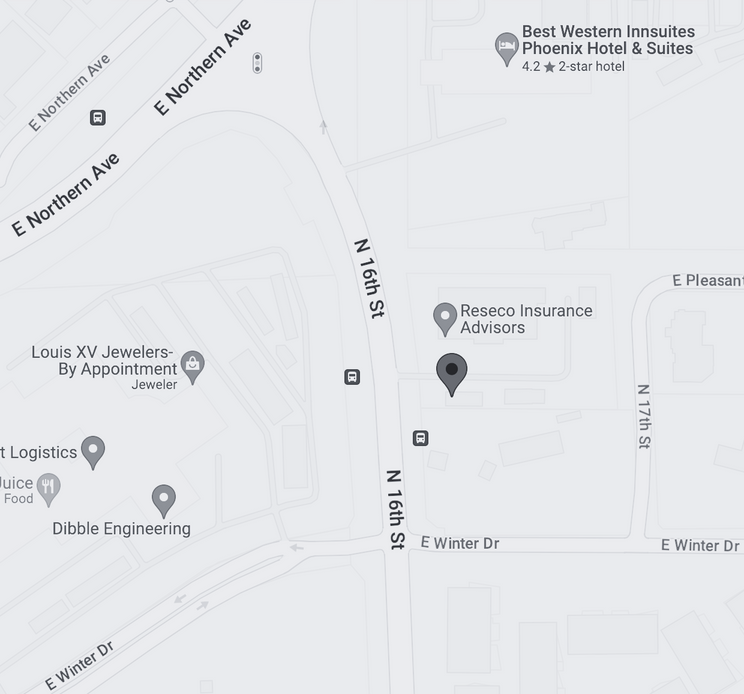In workplace safety, there’s a thin line between being good and just being lucky. But when it comes to the well-being of your team and the integrity of your operations, relying on luck is a strategy that’s bound to fail. So, how can you truly gauge the effectiveness of your safety program? Is it robust, comprehensive, and proactive, or are you just one stroke of luck away from a potential disaster?
THE ILLUSION OF
SAFETY
In the realm of workplace safety, there’s a thin line between being good and just being lucky. But when it comes to the well-being of your team and the integrity of your operations, relying on luck is a strategy that’s bound to fail. So, how can you truly gauge the effectiveness of your safety program? Is it robust, comprehensive, and proactive, or are you just one stroke of luck away from a potential disaster?
KEY INDICATORS OR A STRONG
SAFETY PROGRAM
- Proactive Measures: A truly effective safety program doesn’t just react to incidents; it proactively identifies potential risks and mitigates them before they can evolve into real problems.
- Employee Engagement: Engagement is the heartbeat of an effective safety culture. When employees are actively involved, they not only comply with safety procedures but also contribute to their improvement.
- Continuous Improvement: The landscape of workplace safety is ever-changing. A good safety program evolves by integrating new learnings, technologies, and methodologies to enhance overall safety continuously.
KEY INDICATORS OR A STRONG
SAFETY PROGRAM
Evaluating your safety program’s effectiveness involves more than just checking off compliance boxes. It requires a comprehensive look at how safety is integrated into every aspect of your operations. Here are some aspects to consider:
- Training and Education: Are your employees regularly trained on both the fundamentals and any new safety protocols? Is this training engaging, informative, and easily accessible?
- Incident Response and Recovery: When incidents do occur, how effective is your response? And more importantly, how are these incidents analyzed to prevent future occurrences?
- Leadership and Commitment: Leadership sets the tone for safety culture. Are your leaders committed to upholding and modeling safety standards?
- Communication and Feedback: A two-way communication channel where employees can report hazards and provide feedback on the safety program is vital. How open, frequent, and effective is this communication in your organization?
To continue exploring how to evaluate and enhance your safety program, ensuring that it’s built on a foundation of effectiveness rather than luck, sign up for our newsletter.
Get access to in-depth insights, expert tips, and the latest trends in workplace safety directly to your inbox.
Don’t leave your safety program to chance. Ensure it’s as strong, effective, and proactive as it can be with our expert guidance and resources.
LET‘S
TALK!
HEAD OFFICE

